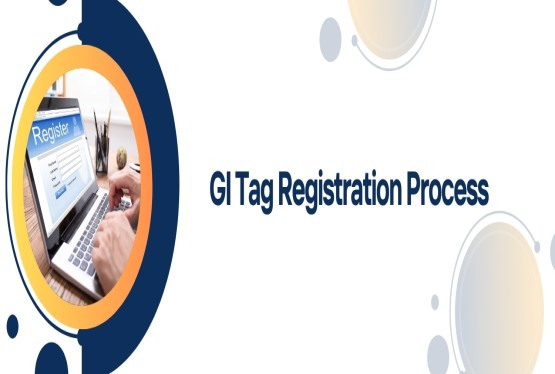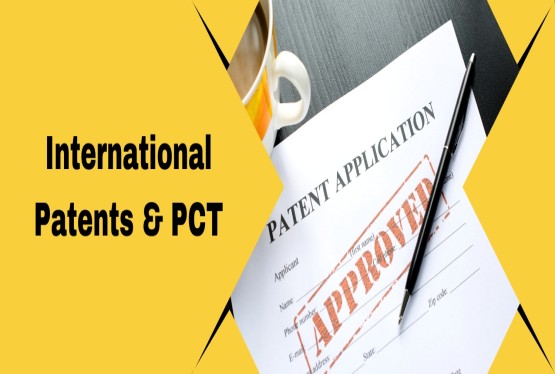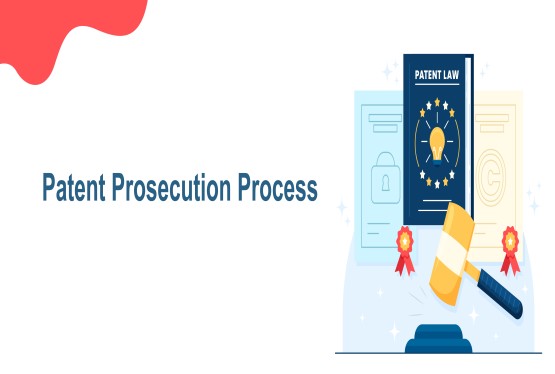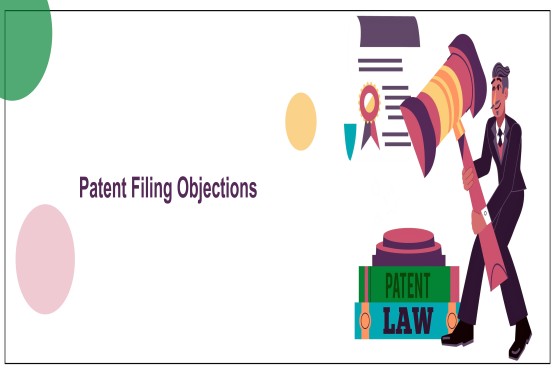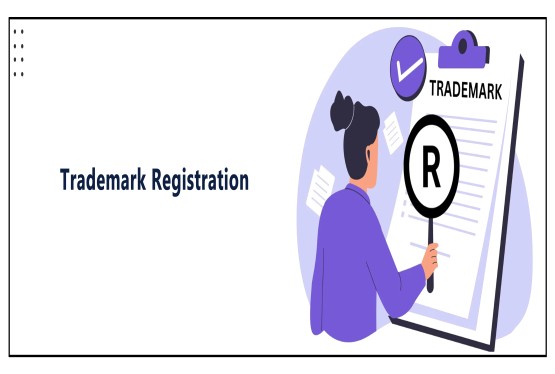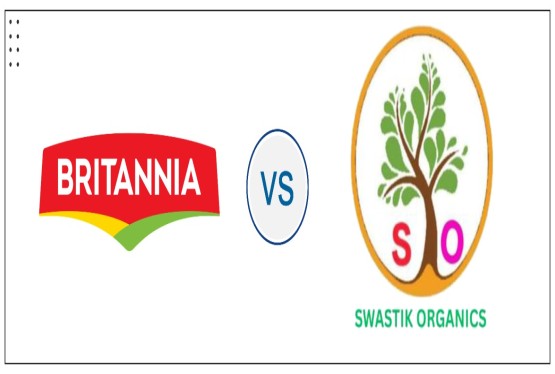The ownership of a trademark is an important consideration in the field of intellectual property law. It determines who holds the exclusive right to use, protect, and enforce the trademark against unauthorized usage. Trademark ownership is not merely a matter of registration but also of prior use, intent, and the relationship between parties involved in creating or using the trademark.
This article delves into the principles governing trademark ownership, examining statutory provisions under the Trademarks Act, 1999, relevant case laws, and practical scenarios that impact ownership rights. It also addresses disputes, assignments, and licensing agreements that play a significant role in determining trademark ownership.
Legal Framework for Trademark Ownership in India
Definition of a Trademark
Under Section 2(1)(zb) of the Trademarks Act, 1999, a trademark is defined as a mark capable of being represented graphically and capable of distinguishing the goods or services of one person from those of others. It includes a wide range of marks such as logos, names, designs, shapes, sounds, and even colors.
Ownership of a trademark is essentially linked to the principles of creation, use, and registration.
Who Can Own a Trademark?
Section 18 of the Trademarks Act, 1999, specifies that any "person" claiming to be the proprietor of a trademark can apply for its registration. The term "person" includes:
1. Individuals: Sole proprietors or natural persons.
2. Partnership Firms: Firms collectively owning the mark in their trade name.
3. Companies: Entities owning trademarks used in their goods or services.
4. Trusts or Societies: Non-profit entities or groups.
5. Government Entities: Organizations created by the state or central government.
Modes of Acquiring Trademark Ownership
1. Creation of the Trademark: Ownership typically arises at the moment a trademark is created and used in commerce. For example, a business that creates a unique logo for its brand becomes the natural owner of the trademark.
2. First Use Principle: Indian law strongly adheres to the principle of first use, meaning that the first person to use a trademark in commerce is considered its rightful owner, regardless of whether the mark is registered. This principle is backed by Section 34 of the Trademarks Act, 1999, which provides protection for prior users against subsequent registered users.
-
Case Law: In Amritdhara Pharmacy v. Satya Deo Gupta (AIR 1963 SC 449), the Supreme Court held that prior use of a trademark establishes ownership rights, even if the mark is not registered.
3. Trademark Registration: Registration under the Trademarks Act, 1999, is the most formal way to claim ownership. It grants statutory rights under Section 28, including exclusive usage and the ability to sue for infringement.
-
Case Law: In Hardie Trading Ltd. v. Addisons Paint & Chemicals Ltd. (2003 11 SCC 92), the Supreme Court emphasized that registration creates prima facie evidence of ownership but does not override prior use rights.
4. Assignment and Licensing: Ownership can also be transferred or shared through assignment or licensing agreements, as per Sections 37–45 of the Trademarks Act.
-
Assignment: The transfer of ownership rights from one entity to another, either with or without goodwill.
-
Licensing: The trademark owner permits another party to use the trademark under specified terms without transferring ownership.
-
Case Law: In Micolube India Ltd. v. Maggon Auto Centre (2011 SCC OnLine Del 533), the Delhi High Court reiterated that assignments and licensing agreements must be recorded with the Trademark Registry to be enforceable.
Ownership in Specific Scenarios
1. Employee-Created Trademarks: When an employee creates a trademark during the course of employment, the ownership generally belongs to the employer unless stated otherwise in an agreement.
-
Case Law: In Vikram Sarabhai v. Sareen Chem Pvt. Ltd. (AIR 1984 SC 75), the Supreme Court ruled that intellectual property created within the scope of employment is owned by the employer.
2. Joint Ventures: In joint ventures, ownership of trademarks depends on the terms of the partnership agreement. If no agreement exists, ownership is often determined by who first used the trademark.
3. Franchises: In a franchise relationship, the franchisor retains ownership of the trademark, while the franchisee uses it under a license.
4. Start-Ups: For start-ups, trademark ownership often becomes contentious when co-founders dispute their respective roles. It is crucial to establish ownership through founders' agreements or company policies.
Disputes Over Trademark Ownership
Common Causes of Disputes:
-
Similarity of Marks: Competing claims over marks that appear similar.
-
Prior Use vs. Registration: Conflicts between prior users and registered proprietors.
-
Assignments and Licensing: Disagreements over the terms of transfer or use.
Resolution Mechanisms:
-
Passing Off Action: Protects the rights of prior users. In N.R. Dongre v. Whirlpool Corporation (1996 AIR SC 2060), the Supreme Court upheld passing off claims by a prior user.
-
Infringement Suit: Registered proprietors can sue for infringement under Section 29 of the Trademarks Act.
-
Mediation and Arbitration: Alternate dispute resolution mechanisms are commonly used for amicable settlements.
Statutory Obligations of Trademark Owners
Trademark owners are required to:
-
Renew Registration: Trademarks must be renewed every ten years as per Section 25.
-
Prevent Non-Use: Continuous non-use for five years and three months can lead to cancellation under Section 47.
-
Enforce Rights: Proactively monitor and enforce trademark rights to avoid dilution or genericide.
Importance of Trademark Ownership
-
Exclusive Rights: Ownership grants the right to exclusively use the trademark in commerce.
-
Legal Protection: It enables owners to enforce their rights against unauthorized use or infringement.
-
Brand Value: A trademark is a valuable intangible asset that adds to the goodwill of a business.
-
Consumer Trust: It helps distinguish products or services, ensuring consumer loyalty and trust.
Conclusion
Trademark ownership is a basis of intellectual property law, governed by principles of creation, use, and registration. While statutory registration under the Trademarks Act, 1999, provides prima facie evidence of ownership and extensive legal rights, prior use and common law principles play a significant role in determining ownership.
Disputes over ownership often arise due to conflicting claims, and these can be resolved through passing off actions, infringement suits, or alternate dispute resolution methods. To safeguard their rights, trademark owners must ensure proper registration, continuous use, and proactive enforcement.
By identifying the distinctions of trademark ownership and complying with statutory obligations, businesses can protect their intellectual property, enhance their brand value, and maintain a competitive edge in the marketplace.
Frequently Asked Questions
Q1. What are the primary ways to acquire ownership of a trademark in India?
Ans. There are several ways to acquire ownership of a trademark in India. Primarily, ownership arises from the creation and use of the trademark in commerce. The first person to use a mark in the marketplace generally acquires ownership rights. Formal registration under the Trademarks Act, 1999, grants statutory ownership rights and provides stronger legal protection. Additionally, ownership can be transferred through assignment agreements or shared through licensing agreements.
Q2. Is trademark registration mandatory to own a trademark?
Ans. No, trademark registration is not mandatory to own a trademark. Prior use of a mark can establish ownership rights under common law principles. However, registration provides significant advantages, such as stronger legal protection, exclusive rights to use the mark, and the ability to take legal action against infringement.
Q3. What happens if there is a dispute over trademark ownership?
Ans. Disputes over trademark ownership can arise due to various factors, such as conflicting claims, prior use disputes, or disagreements over assignments or licenses. These disputes can be resolved through legal means, including passing off actions, infringement suits, or alternative dispute resolution mechanisms like mediation or arbitration.
Q4. What are the responsibilities of a trademark owner?
Ans. Trademark owners have several important responsibilities. These include renewing their trademark registration periodically to maintain ownership, preventing non-use of the trademark (as continuous non-use can lead to cancellation), and actively enforcing their trademark rights against unauthorized use or infringement.
Q5. How can businesses protect their trademark ownership rights?
Ans. Businesses can protect their trademark ownership rights by conducting thorough trademark searches before adopting a mark, registering their trademarks with the Trademark Registry, monitoring the marketplace for potential infringement, taking prompt legal action against unauthorized use, and consulting with a trademark attorney to understand and navigate the complexities of trademark law.






























_(b)_of_the_Trademark_Act,_1999_(1)_crop10_thumb.jpg)



_crop10_thumb.jpg)




























_crop10_thumb.jpg)
_crop10_thumb.jpg)






_crop10_thumb.jpg)








_crop10_thumb.jpg)



_crop10_thumb.jpg)





























_crop10_thumb.jpg)

















_crop10_thumb.jpg)






_crop10_thumb.jpg)











































































































































_crop10_thumb.jpg)




































_crop10_thumb.jpg)












_crop10_thumb.jpg)













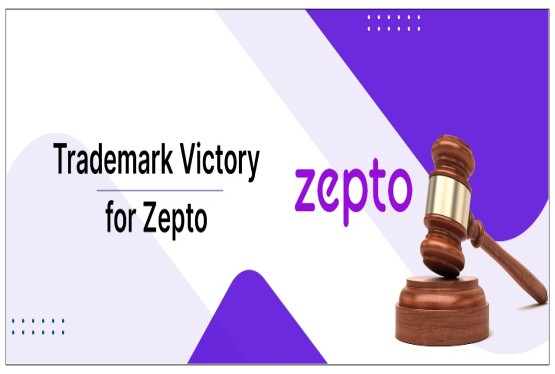




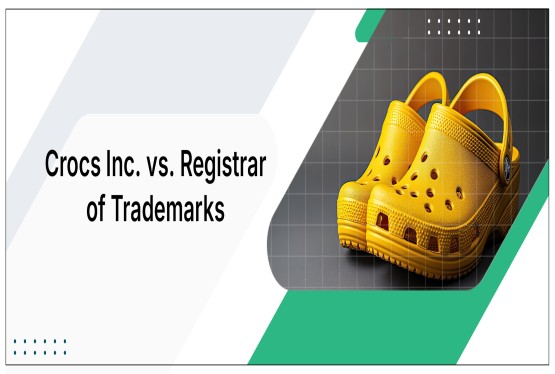




























_crop10_thumb.jpg)

















